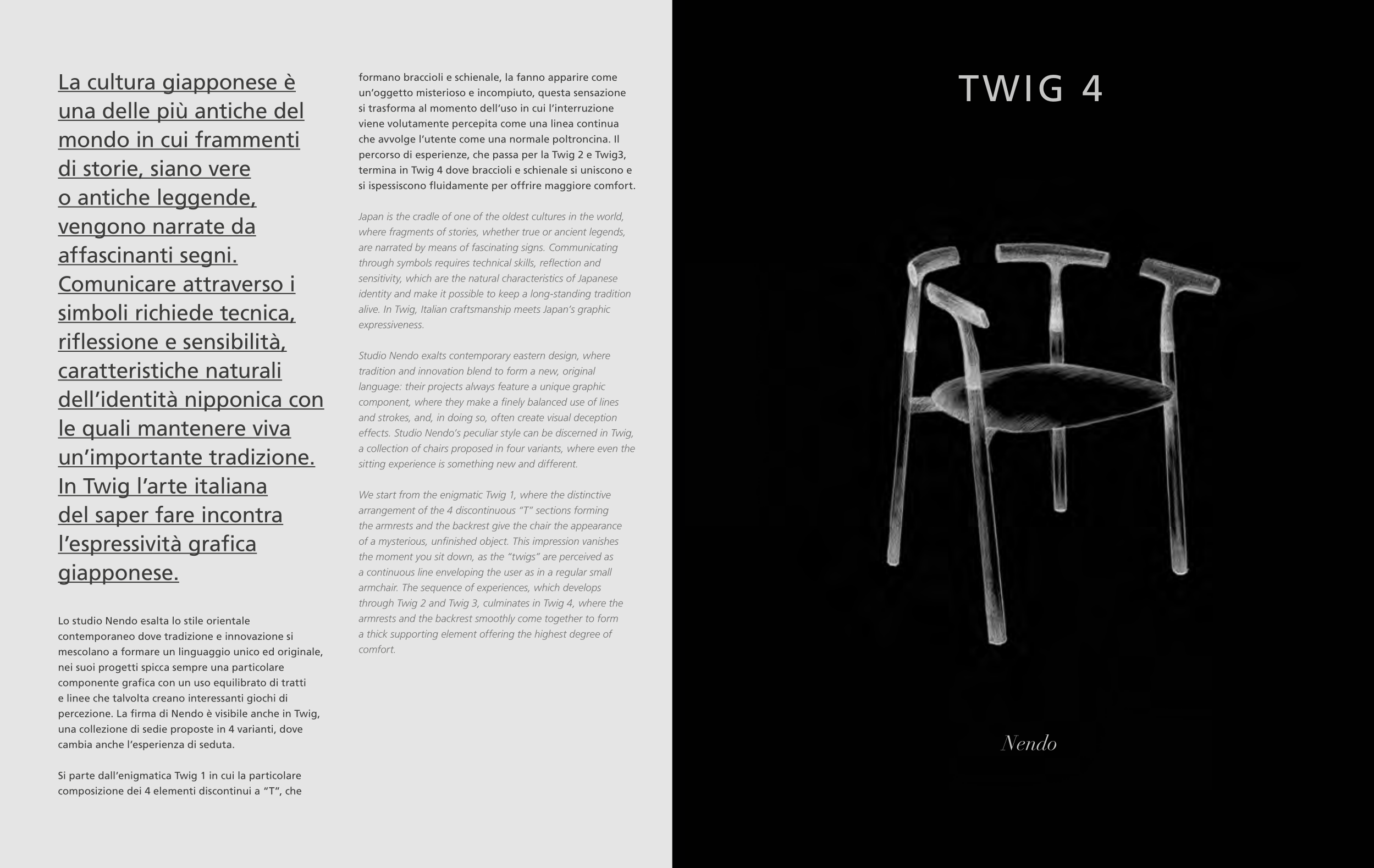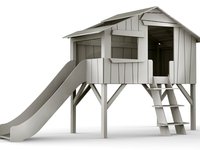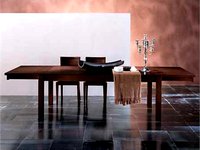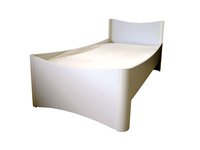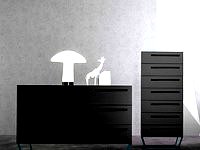La cultura giapponese è
una delle più antiche del
mondo in cui frammenti
di storie, siano vere
o antiche leggende,
vengono narrate da
affascinanti segni.
Comunicare attraverso i
simboli richiede tecnica,
riflessione e sensibilità,
caratteristiche naturali
dell’identità nipponica con
le quali mantenere viva
un’importante tradizione.
In Twig l’arte italiana
del saper fare incontra
l’espressività grafica
giapponese.
Lo studio Nendo esalta lo stile orientale
contemporaneo dove tradizione e innovazione si
mescolano a formare un linguaggio unico ed originale,
nei suoi progetti spicca sempre una particolare
componente grafica con un uso equilibrato di tratti
e linee che talvolta creano interessanti giochi di
percezione. La firma di Nendo è visibile anche in Twig,
una collezione di sedie proposte in 4 varianti, dove
cambia anche l’esperienza di seduta.
Si parte dall’enigmatica Twig 1 in cui la particolare
composizione dei 4 elementi discontinui a “T”, che
formano braccioli e schienale, la fanno apparire come
un’oggetto misterioso e incompiuto, questa sensazione
si trasforma al momento dell’uso in cui l’interruzione
viene volutamente percepita come una linea continua
che avvolge l’utente come una normale poltroncina. Il
percorso di esperienze, che passa per la Twig 2 e Twig3,
termina in Twig 4 dove braccioli e schienale si uniscono e
si ispessiscono fluidamente per offrire maggiore comfort.
Japan is the cradle of one of the oldest cultures in the world,
where fragments of stories, whether true or ancient legends,
are narrated by means of fascinating signs. Communicating
through symbols requires technical skills, reflection and
sensitivity, which are the natural characteristics of Japanese
identity and make it possible to keep a long-standing tradition
alive. In Twig, Italian craftsmanship meets Japan’s graphic
expressiveness.
Studio Nendo exalts contemporary eastern design, where
tradition and innovation blend to form a new, original
language: their projects always feature a unique graphic
component, where they make a finely balanced use of lines
and strokes, and, in doing so, often create visual deception
effects. Studio Nendo’s peculiar style can be discerned in Twig,
a collection of chairs proposed in four variants, where even the
sitting experience is something new and different.
We start from the enigmatic Twig 1, where the distinctive
arrangement of the 4 discontinuous “T” sections forming
the armrests and the backrest give the chair the appearance
of a mysterious, unfinished object. This impression vanishes
the moment you sit down, as the “twigs” are perceived as
a continuous line enveloping the user as in a regular small
armchair. The sequence of experiences, which develops
through Twig 2 and Twig 3, culminates in Twig 4, where the
armrests and the backrest smoothly come together to form
a thick supporting element offering the highest degree of
comfort.
TWIG 4
Nendo


